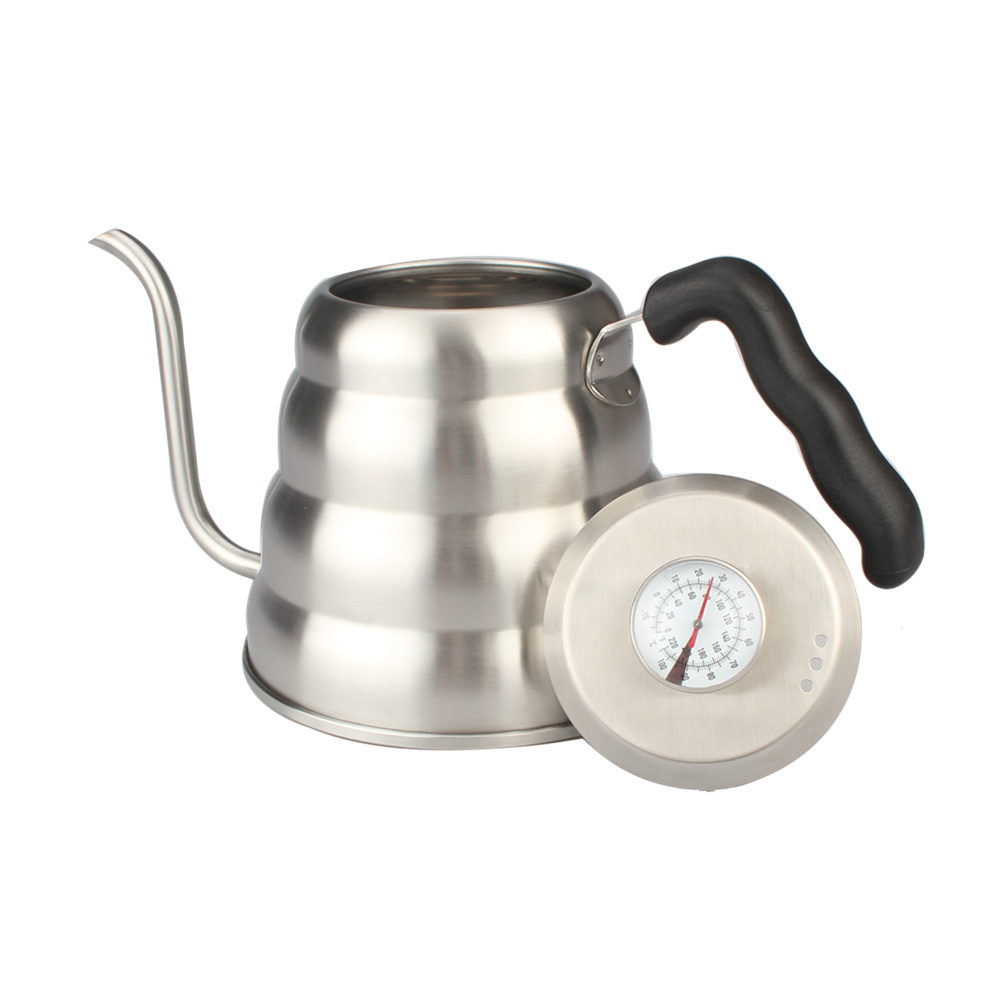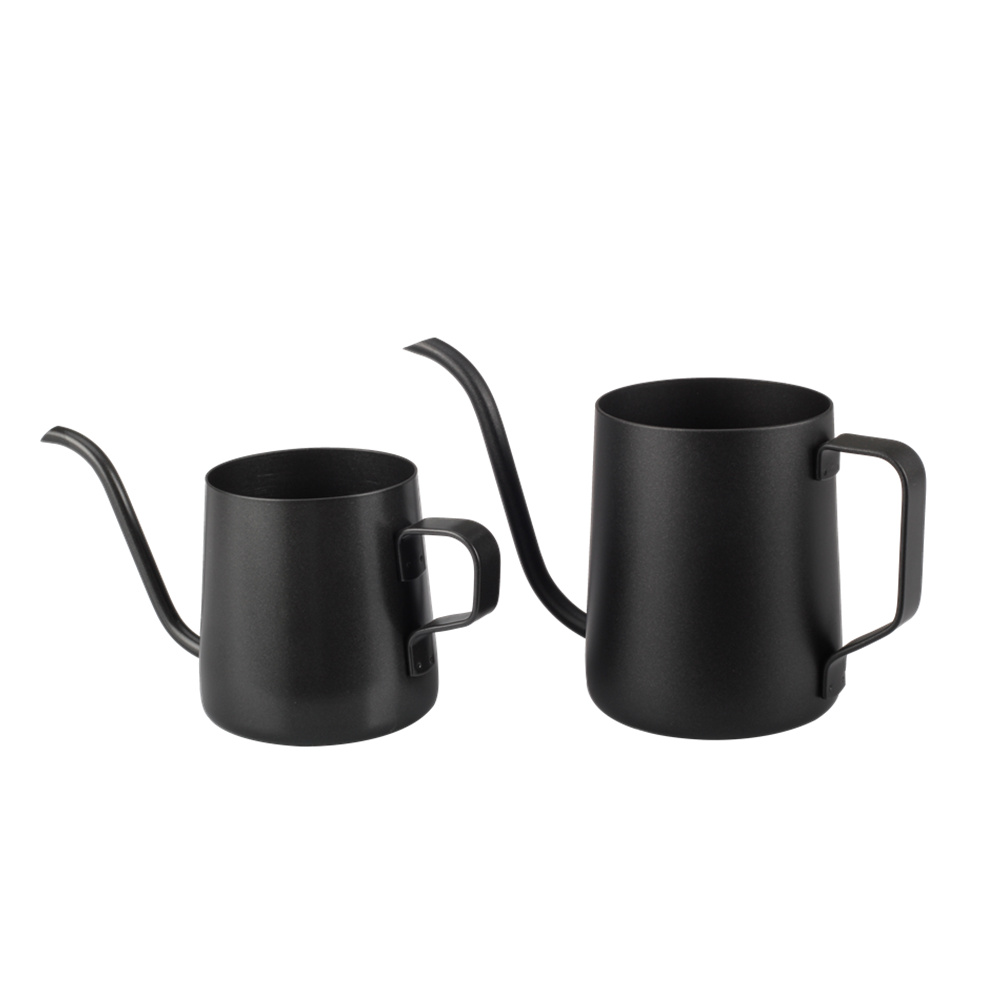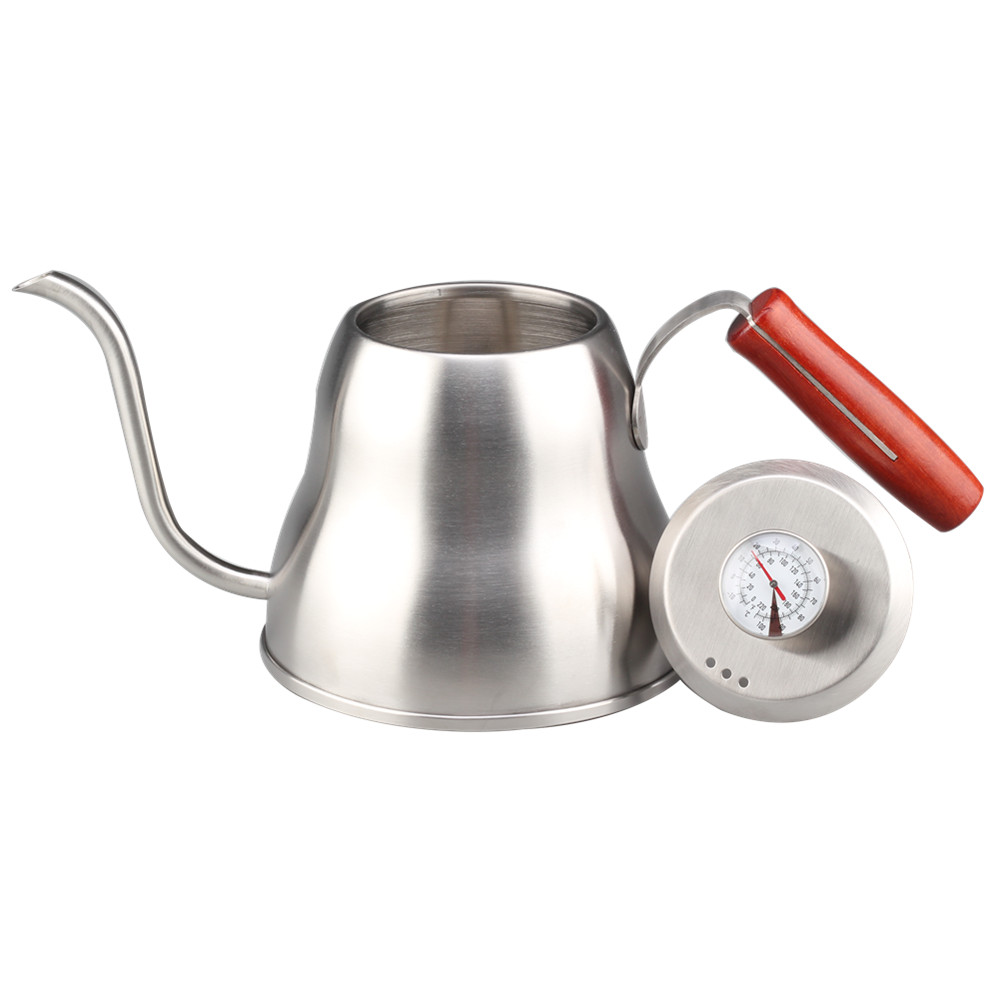Most of the detection systems used in automatic printing quality detection equipment use high-definition, high-speed camera lenses to take standard images first, and then set certain standards on this basis; then take the detected images, and then compare the two. The CCD linear sensor converts the change in light quantity of each pixel into an electronic signal. After comparison, as long as the detected image is different from the standard image, the system considers the detected image to be a non-conforming product. The various errors generated during the printing process are only the difference between the standard image and the detected image for the computer. Defects such as smudges and chromatic aberrations are included.
The earliest used for the detection of printing quality is the technology of comparing the gray level of the standard image with the detected image. Now the more advanced technology is based on the RGB three primary colors for comparison. Compared with human eye detection, what is the difference between automatic machine inspection and human eye inspection? Taking human eyes as an example, when we concentrate on a printed product, if the contrast color of the printed product is relatively strong, the smallest defect that can be found by the human eye, It is a defect with obvious contrast and not less than 0.3mm; but it is difficult to maintain a sustained and stable visual effect depending on human ability. But to put it another way, if you are looking for defects in prints of the same color system, especially if you are looking for quality defects in a light color system, the defects that the human eye can detect need at least 20 gray levels. The automated machine can easily find defects with a size of 0.10mm, even if there is only one gray level difference between the defect and the standard image.
But in terms of actual use, even the same full-color contrast system has different ability to distinguish color difference. Some systems can detect defects with large variations in contours and chromatic aberrations, while others can identify very small defects. For white cardboard and some simple-style printed materials, such as the Japanese KENT cigarette label and the US Marlboro cigarette label, simple detection may be sufficient. Most domestic printed products, especially various labels, have many characteristics. There are too many flash elements, such as gold and silver cardboard, hot stamping, embossing or glazing prints, which requires that the quality inspection equipment must have the ability to find very small grayscale differences, perhaps 5 grayscales The level difference may be a stricter gray level difference. This is crucial to the domestic label market.
Accurate comparison between the standard image and the image of the printed matter to be inspected is a key issue of the inspection equipment. Normally, the inspection equipment collects images through the lens. In the middle part of the lens range, the image is very clear, but the image at the edge may produce virtual The detection result of the ghost part will directly affect the accuracy of the entire detection. From this point of view, if only the contrast of the full-frame area is not suitable for some fine prints. If the resulting image can be subdivided again, for example, the image is divided into 1024dpi X 4096dpi or 2048dpi X 4096dpi, the detection accuracy will be greatly improved, and at the same time, because the edge of the ghost image is avoided, the detection result is more stable.
The use of testing equipment for quality testing can provide real-time reports and detailed and complete analysis reports for the entire testing process. On-site operators can make timely adjustments to problems in the work based on real-time analysis reports based on real-time alarms of fully automatic detection equipment. Perhaps the reduction will not only be a percentage point of scrap rate. Managers can analyze reports based on test results. Tracking the production process is more conducive to the management of production technology. Because what customers demand, high-quality testing equipment is not only to detect the quality of the printed matter, but also requires the ability to analyze afterwards. Some quality testing equipment can not only improve the pass rate of finished products, but also assist manufacturers to improve the process flow, establish a quality management system, and reach a long-term stable quality standard.
Gravure printing machine position control and product inspection
The video image of the printed product is continuously captured by the camera installed on the production line, and the speed of the camera is below 30 frames / s and is adjustable. The image collected by the camera is first quantified, and the analog signal is converted into a digital signal, from which a key frame that effectively represents the content of the lens is extracted and displayed on the display. For a frame of image, the analysis method of still image can be used to deal with, through the size measurement and multi-spectral analysis can identify each color mark on the video image, the color space and color parameters of the color mark and some other related. Due to various factors, various noises will appear, such as Gaussian noise, salt and pepper noise, and random noise.
Noise brings many difficulties to image processing. It has a direct impact on image segmentation, feature extraction, and image recognition. Therefore, the image collected in real time needs to be filtered. Image filtering requires the removal of noise outside the image, while maintaining the details of the image. When the noise is Gaussian noise, the most commonly used is a linear filter, which is easy to analyze and implement; but the linear filter has a poor filtering effect on salt and pepper noise. The traditional median filter can reduce the salt and pepper noise in the image, but the effect Not ideal, that is, the fully dispersed noise is removed, and the noise close to each other will be retained, so when the pepper and salt noise is more serious, its filtering effect is obviously deteriorated. The improved median filtering method of this system. This method first finds the median of the noise image window after removing the maximum and minimum gray value pixels, then calculates the difference between the median and the corresponding pixel gray value, and then compares it with the threshold to determine whether to use the obtained value Instead of the gray value of the pixel.
Image segmentation detects each color mark at this stage and separates it from the background. The edge of the object is reflected by the gray discontinuity. The type of L edge can be divided into two types. One is the step edge, and the pixels on both sides The gray value is significantly different; the second is the roof-like edge, which is located at the turning point of the change of the gray value from increasing to decreasing. For step edges, the second-order direction derivative is zero crossing at the edge, so differential calculation can be used To do edge detection operator. The differential operator-like edge detection method is similar to high-pass filtering in the high spatial domain, and has the effect of increasing high-frequency components. This type of operator is quite sensitive to noise. For step edges, the commonly available operators are the gradient operator Sobel. And Kirsh operator. For roof-like edges, Laplace transform and Kirsh operator can be used. Since the color scale is rectangular and the gray levels of adjacent edges differ greatly, edge detection is used to segment the image. Sobert edge sub is used here for edge detection. It uses local difference operators to find edges, which can better separate color scales. In the actual detection process, the color image edge detection method is used to select the appropriate color base (such as intensity, chroma, saturation, etc.) for detection. According to the characteristics of the type of the printing machine, that is, the colors of the colors of the printing machine and the characteristics of the layout, multi-threshold processing is performed to obtain a binary map of each color.
The segmented image is measured, and the object is identified by the measured value. Since the color scale is a rectangular shape with regular shapes, the following features can be extracted: (1) Calculate the rectangular area from pixels, (2) Rectangularity, (3 ) Chromaticity (H) and saturation (S), and then get the spacing between the color scales according to the number of pixels between the color scales. Compare with the set value to get the difference between the two. Take a total of m measurements and average The difference provides the corresponding adjustment signal to the digital AC servo adjustment section. To adjust the relative position of the color roller, thereby eliminating or reducing printing misalignment. During feature extraction, multi-spectral image analysis of the image can be used to quantitatively express the color scale, such as the color of pixels in the color image. The HIS format is used to obtain the two parameters of the color information of each color scale: chroma and saturation. To check the quality of the ink. Perform statistical calculations on the two-color binary maps or template matching with standard graphics to measure ink debris and other parameters during the printing process.
The printing machine is unrolled by the unwinder and passes through each printing unit in turn to perform printing and drying of each color. The winding machine performs the rewinding. Each color printing will be printed on the edge of the printing material for color registration. The color marking lines are 10 mm long and 1 mm wide. The marking lines of each adjacent color should be parallel to each other when the overprint is accurate, and the vertical (longitudinal) distance is 20 mm. Through size measurement and multi-spectral analysis, the color patches on the video image can be identified, and the color patch spacing and color parameter L of the color patch can be obtained. The deviation signal is sent to the servo frequency conversion drive unit, which drives the AC servo motor to move the corresponding register correction roller ML up and down to extend or shorten the stroke of the printing material from the previous unit printing plate roller to the unit printing plate roller for dynamic correction.
Application in modern packaging industry
In the automated production of the modern packaging industry, various inspections and measurements are involved, such as the inspection of the printing quality of beverage bottle caps, barcodes and character recognition on product packaging, etc. The common characteristics of these applications are continuous mass production and very high requirements for appearance quality. Usually this kind of highly repetitive and intelligent work can only be done by manual inspection. We often see hundreds or even thousands of inspection workers performing this process behind the modernized assembly lines of some factories. While the factory increases huge labor costs and management costs, it still cannot guarantee the inspection pass rate of 100 (that is, zero defects), and today's competition among enterprises has not allowed even 0.1 defects to exist. Sometimes, such as accurate and rapid measurement of small sizes, shape matching, color recognition, etc., cannot be performed continuously and stably by human eyes, and other physical quantity sensors are also difficult to use. At this time, people began to consider the speed, reliability, and repeatability of the computer, thus introducing robot vision technology.
Generally speaking, the CCD camera is first used to convert the captured object into an image signal, which is sent to a dedicated image processing system, which is converted into a digital signal based on pixel distribution and brightness, color and other information; the image system performs various operations on these signals to Extract the characteristics of the target, such as: area, length, quantity, position, etc .; finally, output the results according to the preset tolerance and other conditions, such as: size, angle, offset, number, qualified / unqualified, yes / No wait. The characteristics of machine vision are automation, objectivity, non-contact and high precision. Compared with image processing systems in the general sense, machine vision emphasizes accuracy and speed, as well as reliability in industrial field environments.
Machine vision is very suitable for measurement, inspection and identification during mass production, such as: identification of characters printed on the surface of IC, identification of production date on food packaging, and inspection of label placement.
A typical vision system generally includes the following parts: light source, lens, CCD camera, image processing unit (or image capture card), image processing software, monitor, communication / input / output unit, etc. The output of the vision system is not an image video signal, but the detection result after arithmetic processing, such as size data. After the host computer such as PC and PLC obtains the detection results in real time, it directs the motion system or I / O system to perform the corresponding control actions, such as positioning and sorting. From the classification of the operating environment of the vision system, it can be divided into PC-BASED system and PLC-BASED system. The PC-based system takes advantage of its openness, high programming flexibility and good Windows interface, while the overall cost of the system is low. Take the American DATATRANSLATION company as an example, the system contains a high-performance image capture card, generally can be connected to multiple lenses, supporting software, there are several levels from low to high, such as C / C ++ programming DLL under Windows95 / 98 / NT environment The visual control activeX provides a graphical programming environment under VB and VC ++, or even an object-oriented machine vision configuration software under Windows, which can be used by users to quickly develop complex and advanced applications.
In a PLC-based system, the role of vision is more like an intelligent sensor. The image processing unit is independent of the system and exchanges data with the PLC through a serial bus and I / O. The system hardware generally uses a high-speed dedicated ASIC or embedded computer for image processing. The system software is solidified in the image processor, and the menu displayed on the monitor is configured by a simple device similar to a game keyboard, or the software is developed on the PC and then download. The PLC-based system embodies the characteristics of high reliability, integration, miniaturization, high speed, and low cost. The representative manufacturers are Japan's Panasonic and Germany's Siemens.
The prefect coffeeware for you to enjoy the handmade coffee-pour over coffee kettle. Select different capacity ,different function items or different color .We can provide the excellent OEM product for you to help you win the market .
For the pour over coffee kettle, some items can add the build-in thermometer ,change the material of the handle, require the color painting finishing ,we will try the best to provide the customized product. Or recommend the suitable one to you.
Any question or want to know more about it, please don`t hesitate to contact me .
Description of Pour Over Coffee Kettle
Size : 0.25L/0.35L/0.65L/1L/1.2L
Material: Body: SS304
Lid and Handle: SS304/wood/PP
Color :customized
Finishing: Satin polishing ,Mirror Polishing ,Color painting, Teflon painting
Logo: Laser logo, Etching logo, Silk printing logo, Embossed logo, Decal logo
MOQ : 2000 PCS
Packaging : White box, Mail box or Customized package
Sample Time : 7~10 days
Lead Time :60 days after have the deposit
Payment: T/T ,L/C or others
Payment term: 30% deposit before production and 70 % balance against the copy B/L



FAQ:
1:How can I get the sample?
We can provide the sample for customers to check the quality.
Please kindly provide the delivery info for calculate the sample cost. If you have DHL /TNT/UPS/FEDEX account, please also kindly provide it to us.
You can do the payment of sample via T/T and PayPal.
2:How about the sample time?
Usually the sample time is 7~10 days after have the sample cost.
3:How long will it take for mass production?
Usually 45~60 days after have the deposit.
4:Can we have our logo or company name to be printed on your products or the package?
Welcome OEM.
5:what certificate can you provide?
CE,CB,GS,FDA,LFGB,ROHS are available here.
6:How can we get your monthly new products announcement?
Please join our mailing lists.
Pour Over Coffee Kettle
Electric Kettle,Whistling Kettle,Pour Over Kettle,Gooseneck Tea Kettle
Jiangmen Wellway Houseware Co.,Ltd , https://www.wellwayhouseware.com